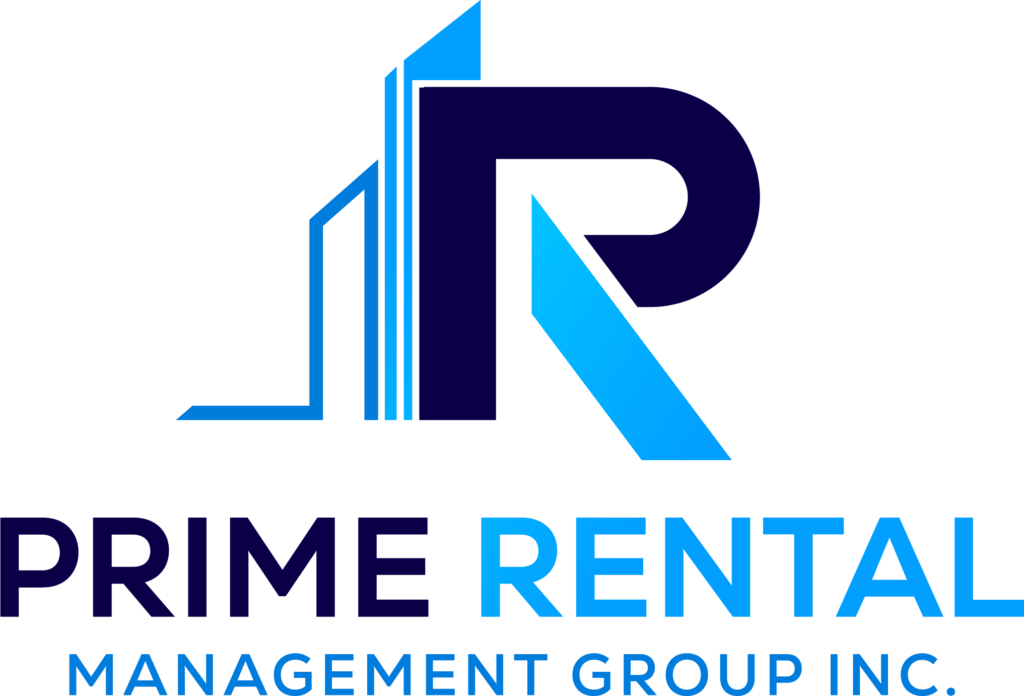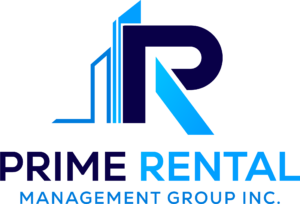Over the past twelve months, the housing market has made some dramatic shifts. If you’ve been thinking of entering the housing market in Minnesota, you might want to take a pause and consider your options. The market is volatile, and housing affordability has plummeted with the rise of interest rates and lack of supply. If you have set your sights on purchasing a property, it pays to peer ahead cautiously and assess the current market conditions to ensure that you are making the right informed decisions.
Rising interest rates are continuing.
One of the most significant factors to consider regarding the current state of the housing market is the recent hike in interest rates by the Federal Reserve. Recently, the Federal Reserve raised rates by yet another 25 basis points, bringing the current rate to 4.75%. While this may not seem like a large increase, it can have a significant impact on the affordability of homes for potential buyers.
The rise in interest rates is making mortgage payments more expensive, which deters some buyers from entering the market and is making homeownership significantly more costly than renting.
Looking ahead, the US can expect further rate hikes over the coming months as inflation remains strong. The Federal Reserve has been closely monitoring the economy and has signaled that it may increase rates more aggressively than previously anticipated. If you are deciding whether it’s best to buy or rent, it’s essential to keep up with these developments and assess how they may impact your goals.
How do interest rates impact buyers?
High interest rates can significantly impact homebuyers, particularly those looking to purchase more expensive properties. When interest rates rise, the cost of borrowing money increases, which can make it more difficult for homebuyers to afford their monthly mortgage payments. For instance, if interest rates were to increase from 3% to 6%, the monthly mortgage payment for a $400,000 home with a 30-year fixed-rate mortgage would rise from around $1,684 to approximately $2,397. This represents a considerable increase of almost $713 per month, which would add up to over $256,000 in additional interest over the life of the loan.
The impact of high interest rates can be even more significant for buyers looking to purchase more expensive homes. Higher monthly mortgage payments can force these buyers to either settle for a smaller or less expensive property or to divert funds from other expenses to meet their mortgage obligations. Additionally, high mortgage rates can reduce the demand for homes, leading to a decline in home values and negatively impacting the overall economy. Therefore, it is crucial to consider the impact of interest rates on the housing market and take appropriate measures to maintain a reasonable level of interest rates to support homebuyers and the broader economy.
Right now, it’s better to rent than buy.
When interest rates are high, it’s often far more affordable to rent than buy. When interest rates rise, the cost of borrowing money increases, making it more difficult for homebuyers to afford their monthly mortgage payments. For instance, if interest rates were to increase from 3% to 6%, the monthly mortgage payment for a $400,000 home with a 30-year fixed-rate mortgage would rise from around $1,684 to approximately $2,397. This represents a considerable increase of almost $713 per month, which would add up to over $256,000 in additional interest over the life of the loan.
In rural areas of Minnesota like Bemidji, Bagley, or Duluth, renting a property is more affordable than buying. Rental rates are not directly or immediately impacted by rising mortgage rates. Furthermore, renters aren’t subject to high repair and maintenance costs, which cost property owners even more money.
In a high interest rate environment and restricted housing market, consider renting a high-quality, updated property instead of taking a deep dive into an unpredictable housing market. You’ll be shielded from interest rates and can save for a more opportune time to purchase a home.

